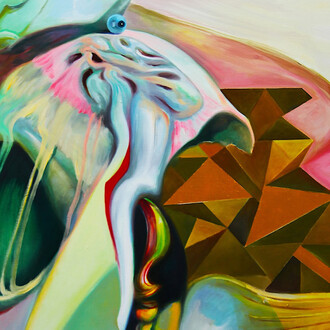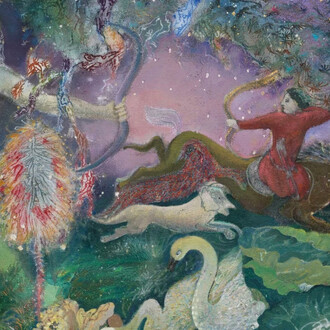This exhibition, featuring 45 magnificent examples of Chinese carved lacquer drawn entirely from The Met collection, will explore the development of this significant artistic tradition. Among the objects on view will be works created as birthday gifts bearing symbols of long life, such as peaches, cranes, the character for longevity (shou), and representations of children.
One of the highlights is a unique, large, lobed tray of the 14th century, carved with a delightful scene showing two women and 33 children. Other early pieces on view include a dish with a scene of long-tailed birds and hollyhocks. A rare screen that was produced by Lu Guisheng—a famous 19th-century artist and one of the few individuals working in lacquer whose name is recorded in Chinese history—provides a spectacular finale to this tradition.
Lacquer, the resin of a family of trees found in southern China, hardens when exposed to oxygen and humidity and can become a natural plastic. Tinted with cinnabar (red), carbon (black), and other minerals, it has been used as an artistic medium in China since at least the sixth century B.C. Carved lacquer, which involves applying multiple layers of lacquer onto a substructure (usually wood) and then entails carving through the layers, is the most laborious and time-consuming of all lacquering techniques.
















